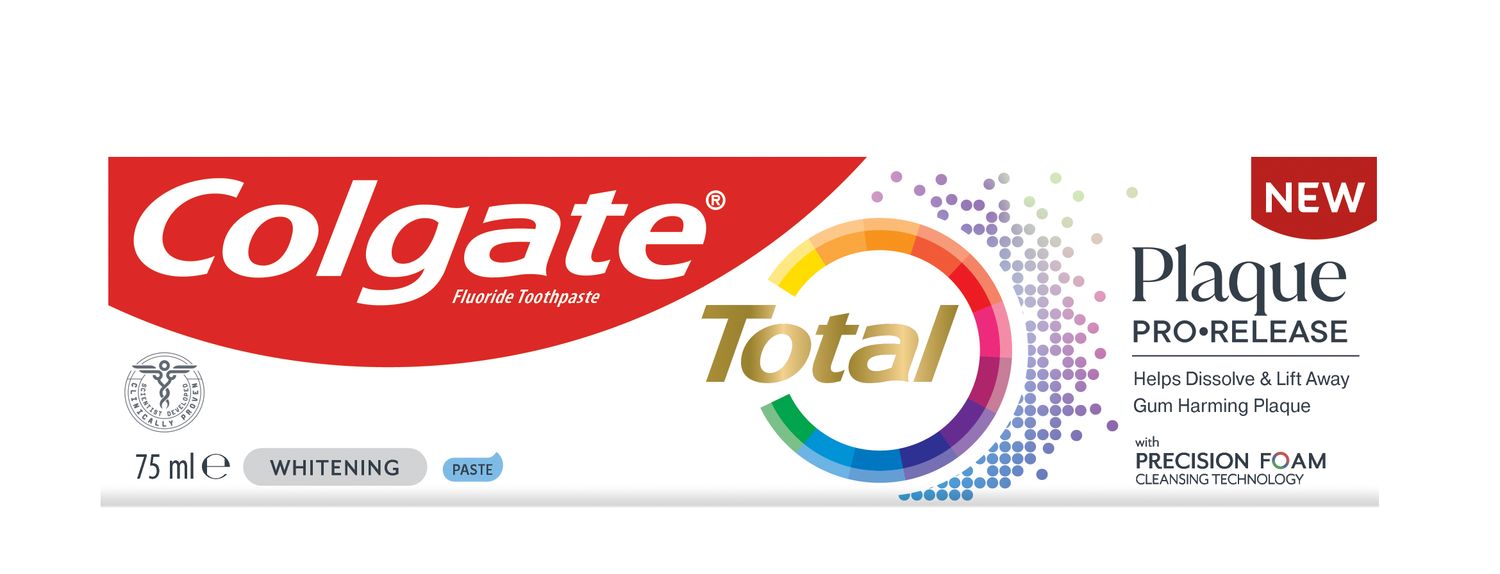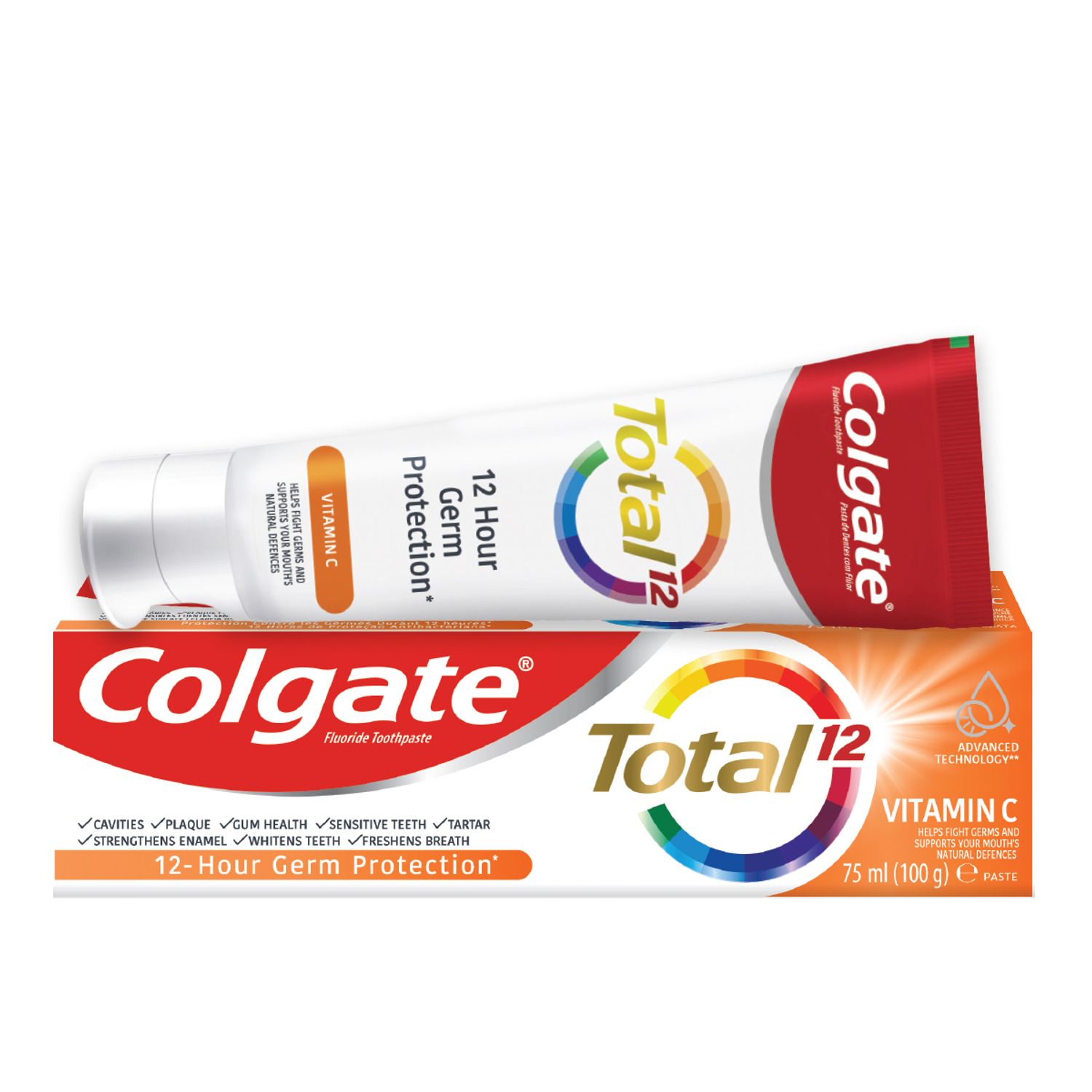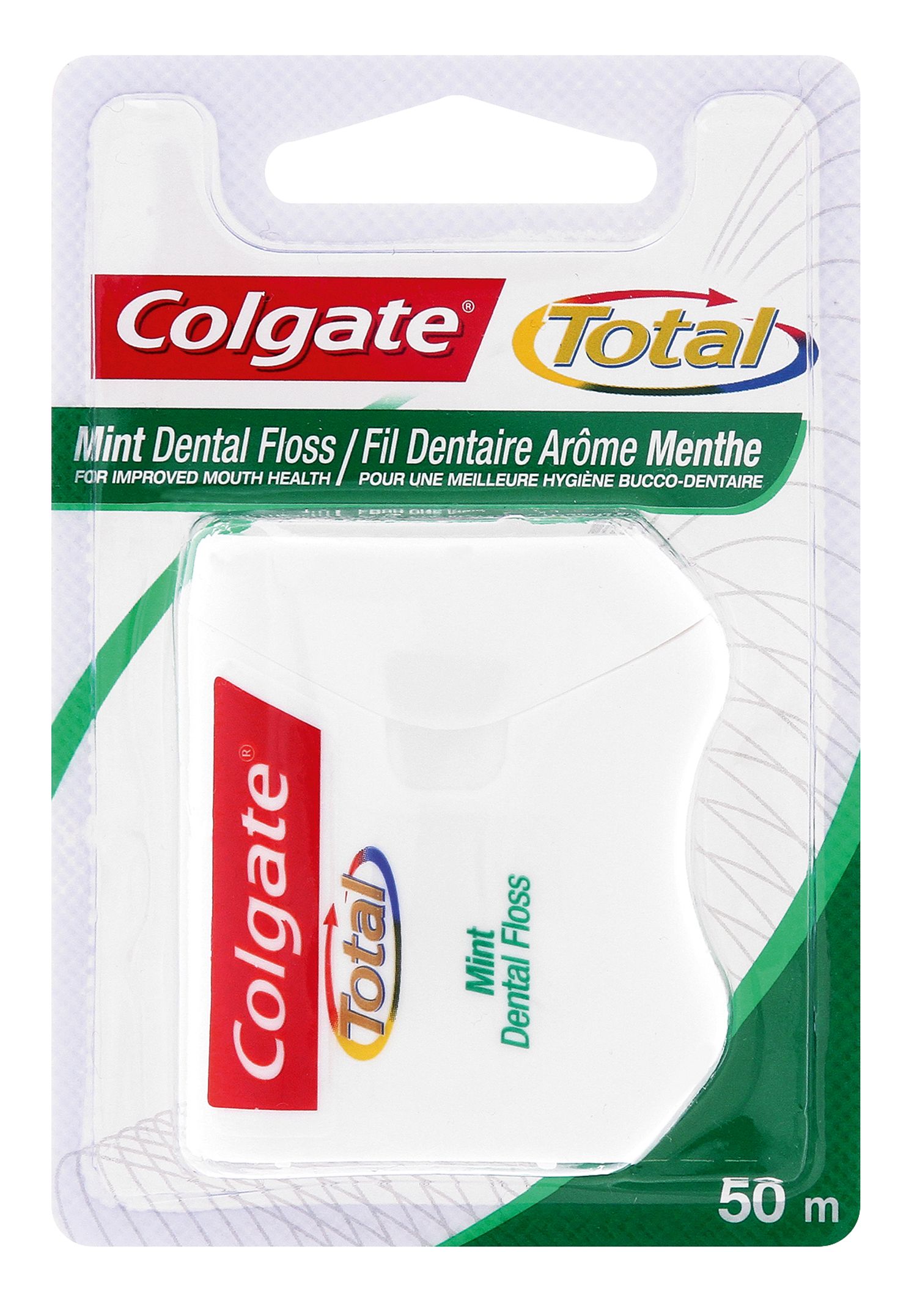Branch of Specialised Dentistry
Although Ancient Egyptians and Greeks made primitive attempts to straighten their teeth, orthodontics only became a dental specialty in 1901 – when the first school of orthodontics was opened, according to Acceledent.
The American Academy of Orthodontics (AAO) describes orthodontia as an area of dentistry that prevents, diagnoses and treats dental and facial irregularities. Although some GP dentists also apply braces, your family dentist may decide to refer you to an orthodontist for such treatment. These dental specialists are trained in safely moving teeth into proper alignment, guiding facial development and ensuring healthy growth in the jaw.
Types of Orthodontic Problems
Orthodontic misalignments, called malocclusions, can indicate a number of different conditions. Inherited malocclusions include jaw growth problems, congenitally missing teeth, extra teeth, crowded or protruding teeth, and spacing problems. However, premature loss of baby teeth, retention of baby teeth, thumb- or finger-sucking, accidents and certain types of dental disease can also result in a need for orthodontic treatment.
Importance of Orthodontic Treatment
Correcting orthodontic problems is not just about cosmetics and improving self-confidence; there are very important dental health reasons as well. Malocclusions can cause difficulty in chewing and speaking, according to the AAO, while wearing away enamel on healthy teeth and putting excess stress on your gum tissue and surrounding bone. In addition, teeth that are crooked or overlapping are difficult to clean, which can put you at risk for tooth cavities and gum problems.
New Age of Orthodontic Appliances
Today, parents aren't just opting to treat their children; they're also seeing the benefits of orthodontic treatment for themselves. An added incentive for the working adult is that orthodontic appliances are more inconspicuous today than they have been in the past. The length of treatment is generally shorter, as well.
Metal braces made of stainless steel are still common, but the Academy of General Dentistry (AGD) emphasizes a wide variety of other materials that are equally effective in moving teeth. Clear ceramic braces worn on the front teeth are much less visible than metal, for example, although they may not be as sturdy. Completely hidden from view are lingual braces, which attach to the back of the teeth. You even have the option of clear, removable braces that you take out when eating and cleaning your teeth.
Oral Hygiene and Orthodontic Treatment
When investing time and resources in orthodontic treatment, you want the best possible outcome. Good oral hygiene is key – food and bacterial plaque can accumulate around the braces, and brushing and flossing can be more challenging during this process. If you don't clean your teeth thoroughly, however, you can end up with cavities, gum problems or permanent areas of discoloration. Here are some oral hygiene guidelines recommended by the AAO:
- Brush your teeth with fluoride toothpaste after every meal and snack, and before bed. When away from home, be sure to pack a travel toothbrush.
- Floss at least once a day. Now that this is more difficult, ask your orthodontist or dentist about special flossing tools that can make the job easier, and ask for a demonstration.
- Visit your family dentist for regular check-ups and cleanings.
- Ask your dentist or orthodontist about using a prescription rinse that could help prevent decalcification.
So, what is orthodontics? Now that you know, think about what orthodontics can do for you. You just might end up with the smile people can't stop talking about, and healthy teeth that last a lifetime.














